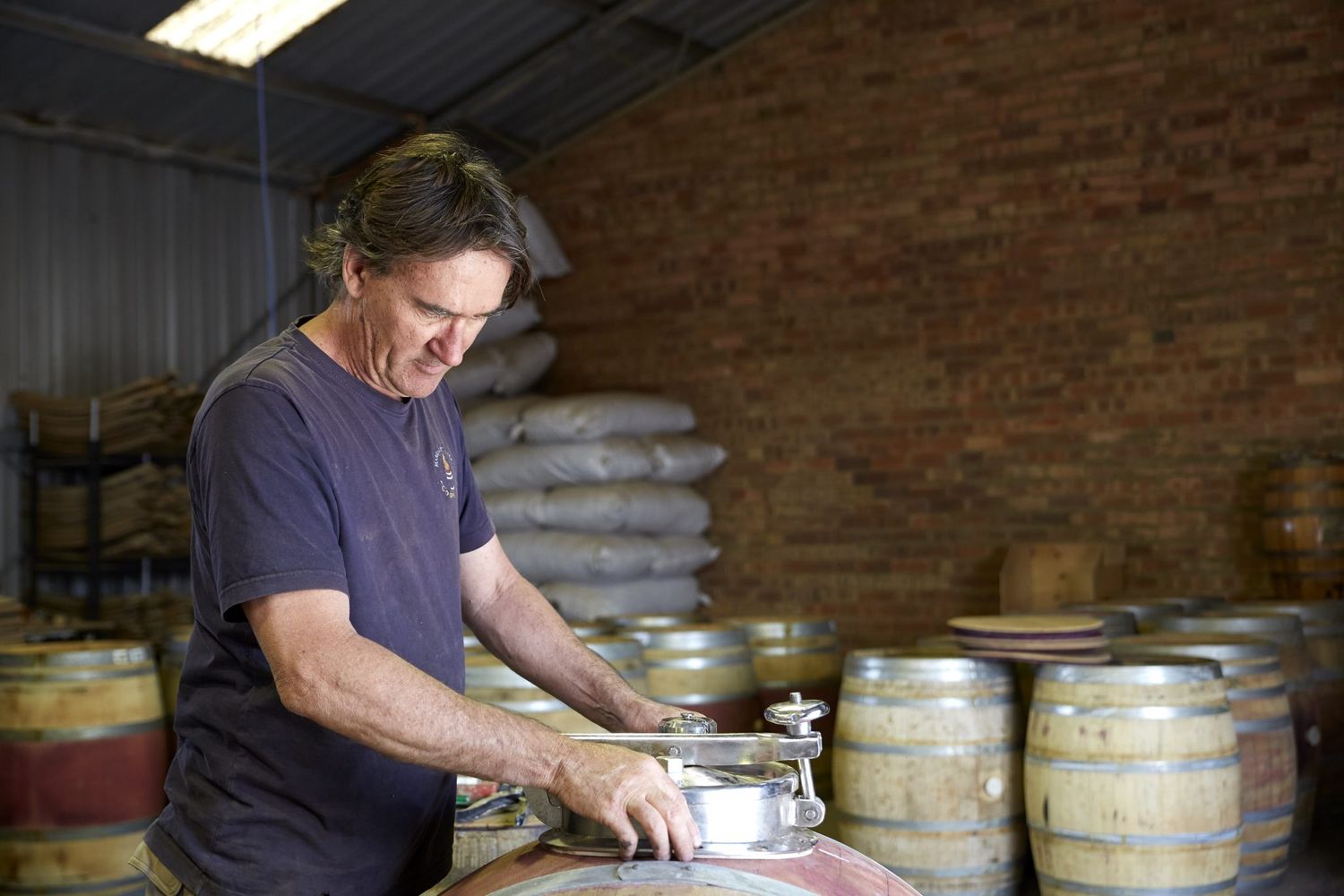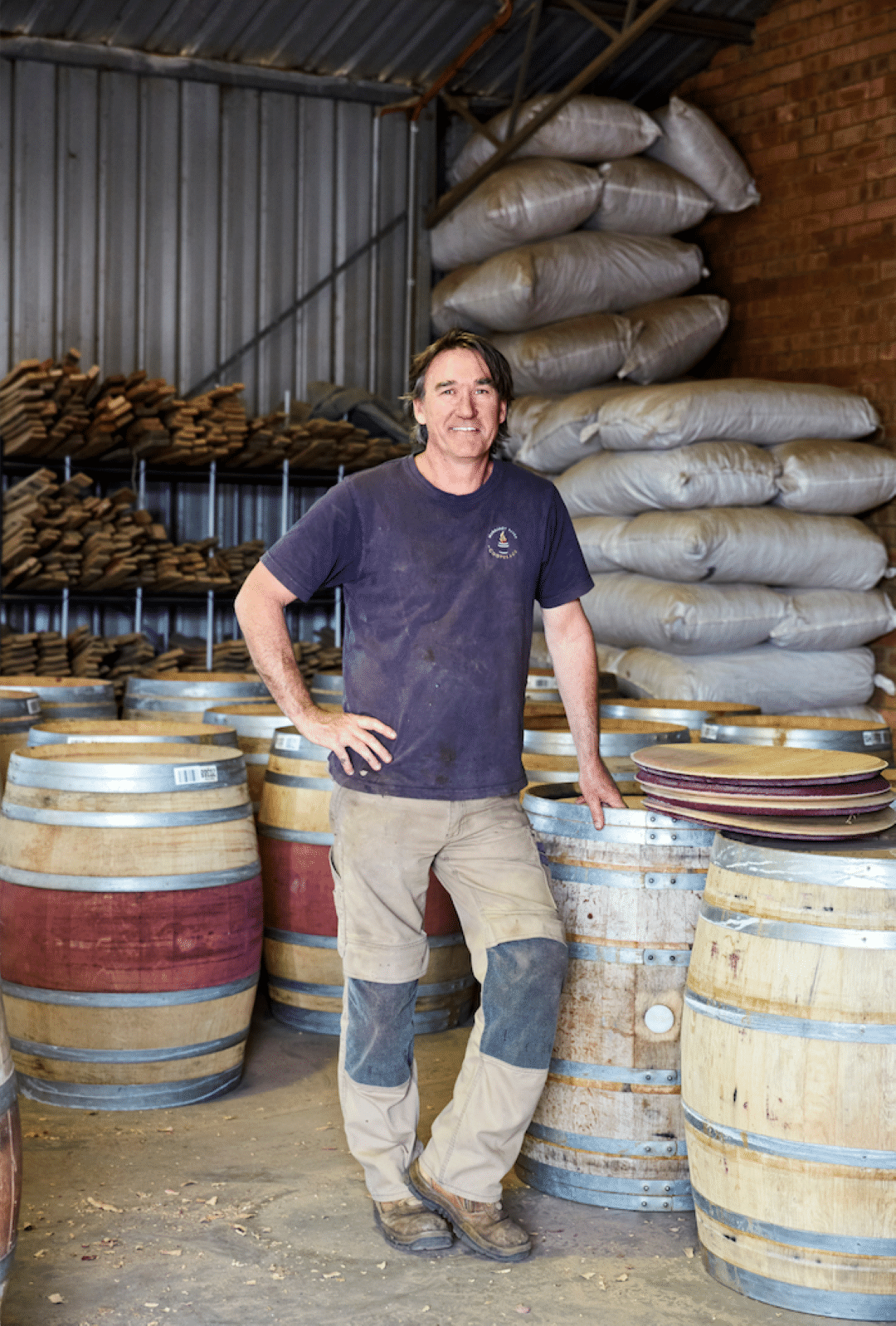Barrel Makers, or Coopers, are an integral part of the success story of Margaret River winemaking. Anna Pellegrin-Hartley meets the people behind this ancient craft.
If you’re anything like us, you spend a lot of time looking at vineyards, and drinking the resulting wine, but perhaps not so much thinking about what happens in between. What role do wine barrels really play? And what do people mean when they say that something tastes ‘oaky’?
Luckily, there are plenty of people in our region who care about this stuff, a lot. Cooper John Kingdon, from the Margaret River Cooperage, explains that oak wood is predominantly used when making barrels to store wine, because it allows both for breathability and a watertight seal. Then, of course, there is the fact that it also imparts unique desirable characteristics into the wine or spirit that it is in contact with (there’s that oaky flavour we keep hearing about). Like with grapes, even the smallest changes in environment can influence the properties of the tree’s wood. “Barrels even from the same forest can vary in characteristics because of the micro-climates within.”
Ryan Aggiss, chief winemaker at Aravina Estate in Yallingup, agrees, saying that using quality oak barrels in the wine production process – as opposed to, for example, steel or high-density polyethylene tanks – provides “the most balanced, controlled and graceful way of aging wines of all styles and varieties”.
While there are literally hundreds of different oak species around the world, the vast majority of modern wine barrels are made with either French common oak (Quercus robur), French white oak (Quercus petraea) or American white oak (Quercus alba) or Quercus sessifloria, an Asian species that is widespread across Japan, Taiwan, and much of south eastern China. As Ryan puts it, it’s a winning combination: “Vitis and Quercus seem to work so well together, much like salt and pepper or sea and sun.”


